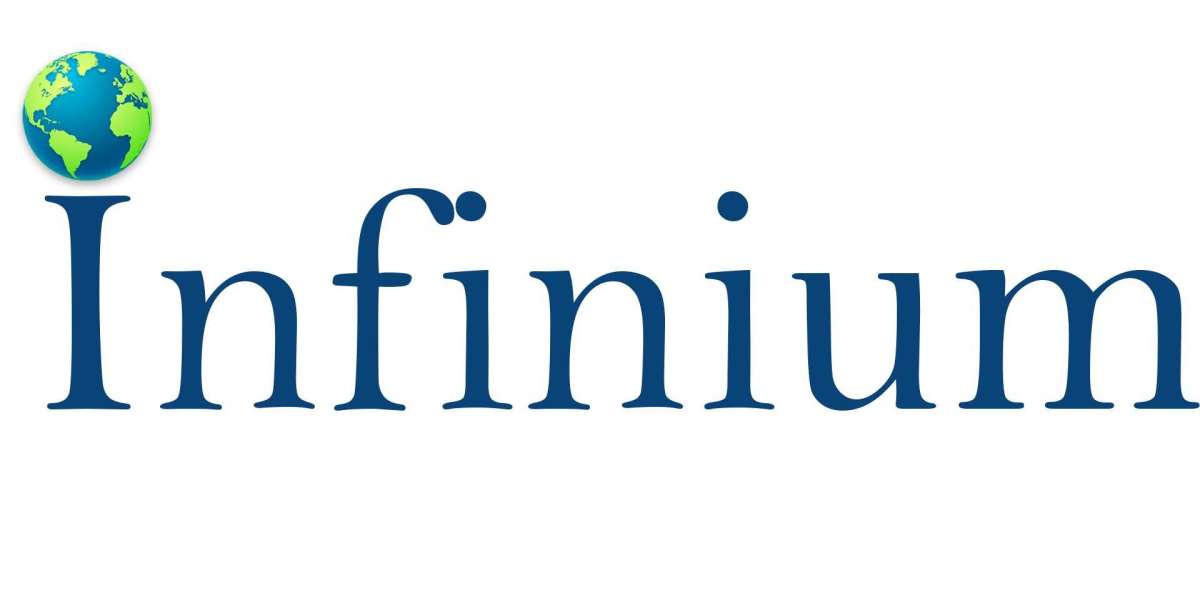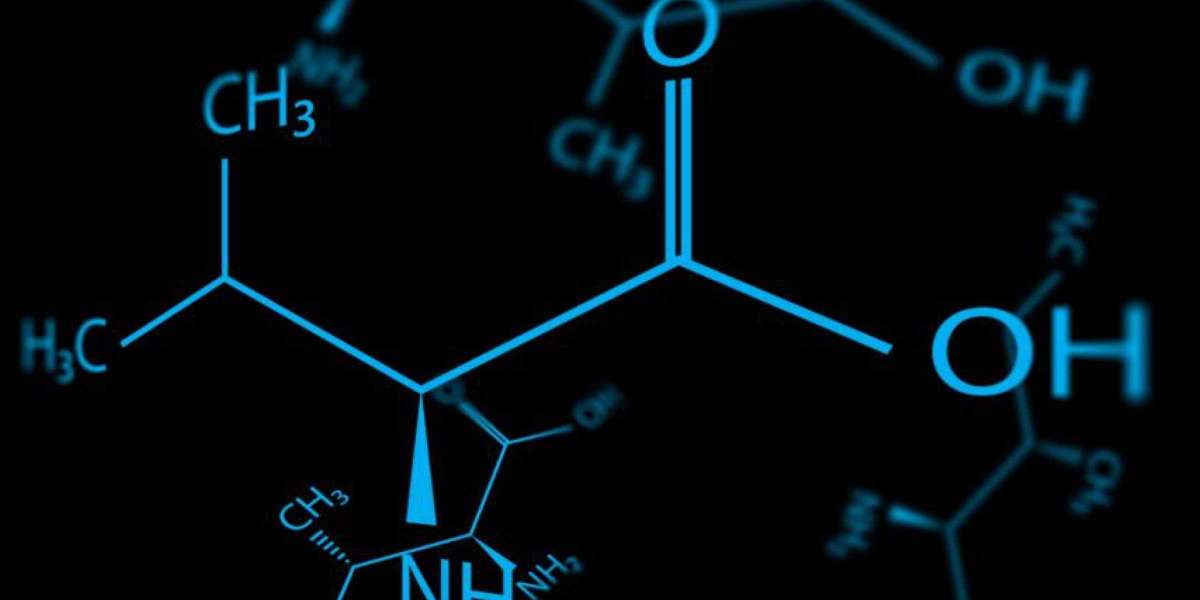A recent study by Infinium Global Research dives deep into the sulfuric acid market, analyzing various segments and sub-segments across the globe and in specific regions. It examines the short-term and long-term influences of factors like market drivers, challenges, and broader economic trends on the sulfuric acid market worldwide and regionally. The report offers a detailed look at current trends, forecasts, and the overall value of the global sulfuric acid market. It predicts the global sulfuric acid market size to reach USD 95.5 billion by 2026, growing at a compound annual growth rate (CAGR) of 3.4% from a value of USD 75.8 billion in 2020.
Market Dynamics
- Demand Drivers:
Nicknamed the "king of chemicals" for its versatility, sulfuric acid is a widely used industrial chemical appearing in everything from fertilizers and dyes to car batteries and computer chips. This extensive use across automotive, petrochemical, and textile industries, along with its role in producing other key chemicals, is expected to propel the sulfuric acid market forward, with production of detergents, disinfectants, and semiconductors being particularly promising areas of growth.
- Opportunity
Sulfuric acid plays a critical role as a workhorse in environmental cleanup, specifically wastewater treatment. It acts as a pH regulator, neutralizing wastewater and bringing it back to a safe balance. This allows for the removal of unwanted particles like polymers and metal compounds. Additionally, sulfuric acid tackles unpleasant odors and eliminates disease-causing pathogens in the wastewater. By facilitating this chemical treatment process, sulfuric acid helps separate treated water from the remaining sludge.
- Challenge
Sulfuric acid, a key industrial chemical, underpins various applications like fertilizers, chemical production, and metal processing. Its versatility extends to producing numerous chemicals like nitric acid and sulfate salts. The fertilizer industry utilizes the vast majority of sulfuric acid, particularly in the wet-process production of phosphoric acid. The market is poised for growth due to a projected rise in sulfuric acid production as a byproduct of smelters, offering a solution for waste disposal and causing a decline in sulfur-burning plants.
However, this growth faces a challenge: competition from hydrochloric acid in metal processing, like steel pickling. While more expensive, hydrochloric acid offers advantages like faster results and reduced base metal loss during pickling, making it an attractive alternative.
Get Sample pages of Report: https://www.infiniumglobalresearch.com/reports/sample-request/1433
Regional Analysis
Asia-Pacific:
- Metal Production: Being the global leader in metal production fuels demand for sulfuric acid in metal processing.
- Agricultural Powerhouse: As a major agricultural market, the need for increased crop yields in developing countries like India and China translates to higher fertilizer demand, and consequently, more sulfuric acid for fertilizer production.
- Chemical Giant: China, a major chemical producer, also contributes to the regional demand for sulfuric acid.
North America and Europe:
- Mature Industrial Base: These regions likely have a well-developed industrial sector relying on sulfuric acid for various applications like chemicals, fertilizers, and metal processing.
- Potential for Growth: While potentially not experiencing the fastest growth rate compared to Asia-Pacific, there could still be opportunities for market expansion in these regions depending on specific industry trends.
Market Segmentation
- By Production Methods:
- Sulfur-based: This sub-market focuses on the traditional method of producing sulfuric acid directly from elemental sulfur.
- Pyrite Roasting: This method utilizes pyrite ore as the raw material, roasting it to extract sulfur for sulfuric acid production.
- Smelting By-Product: This sub-market deals with sulfuric acid produced as a secondary product during the smelting process of certain metals. This offers an alternative, more environmentally friendly approach by utilizing waste products.
- By Application Areas:
- Phosphate Fertilizer Production: This is the dominant application, with sulfuric acid playing a crucial role in the wet-process production of phosphoric acid, a key fertilizer component.
- Chemical Production: Sulfuric acid serves as a vital building block for various chemicals like nitric acid, sulfate salts, and others.
- Metal Processing: The pickling process in metal processing, particularly steel, relies on sulfuric acid to remove impurities and rust from the surface.
- Other Applications: This sub-market encompasses a wide range of uses beyond the ones mentioned above, highlighting sulfuric acid's versatility.
Competitive Landscape
- BASF SE
- Akzo Nobel N.V.
- DuPont de Nemours, Inc.
- Evonik Industries AG
- Jacobs Engineering Group Inc.
- Vale S.A.
- Honeywell International Inc.
- Solvay S.A.
- Khaitan Chemicals Fertilizers Limited
- Others
Report Overview: https://www.infiniumglobalresearch.com/reports/global-sulfuric-acid-market
Future Outlook:
Despite the competition, the versatility of sulfuric acid and its established role in various industries suggest a positive outlook for the market. Technological advancements to improve efficiency and minimize environmental impact of sulfuric acid production will be crucial for its continued success. Research into new applications, particularly in the production of eco-friendly products, could further solidify sulfuric acid's position as an indispensable chemical for the future.
Conclusion:
Sulfuric acid remains the backbone of numerous industries due to its diverse applications and established production processes. While competition exists, the increasing demand for fertilizers and the potential for cost-effective production via smelter by-products paint a promising picture for the future of the sulfuric acid market. However, innovation and adaptation will be key for sulfuric acid to maintain its dominance in established sectors and explore new opportunities in a competitive landscape.



